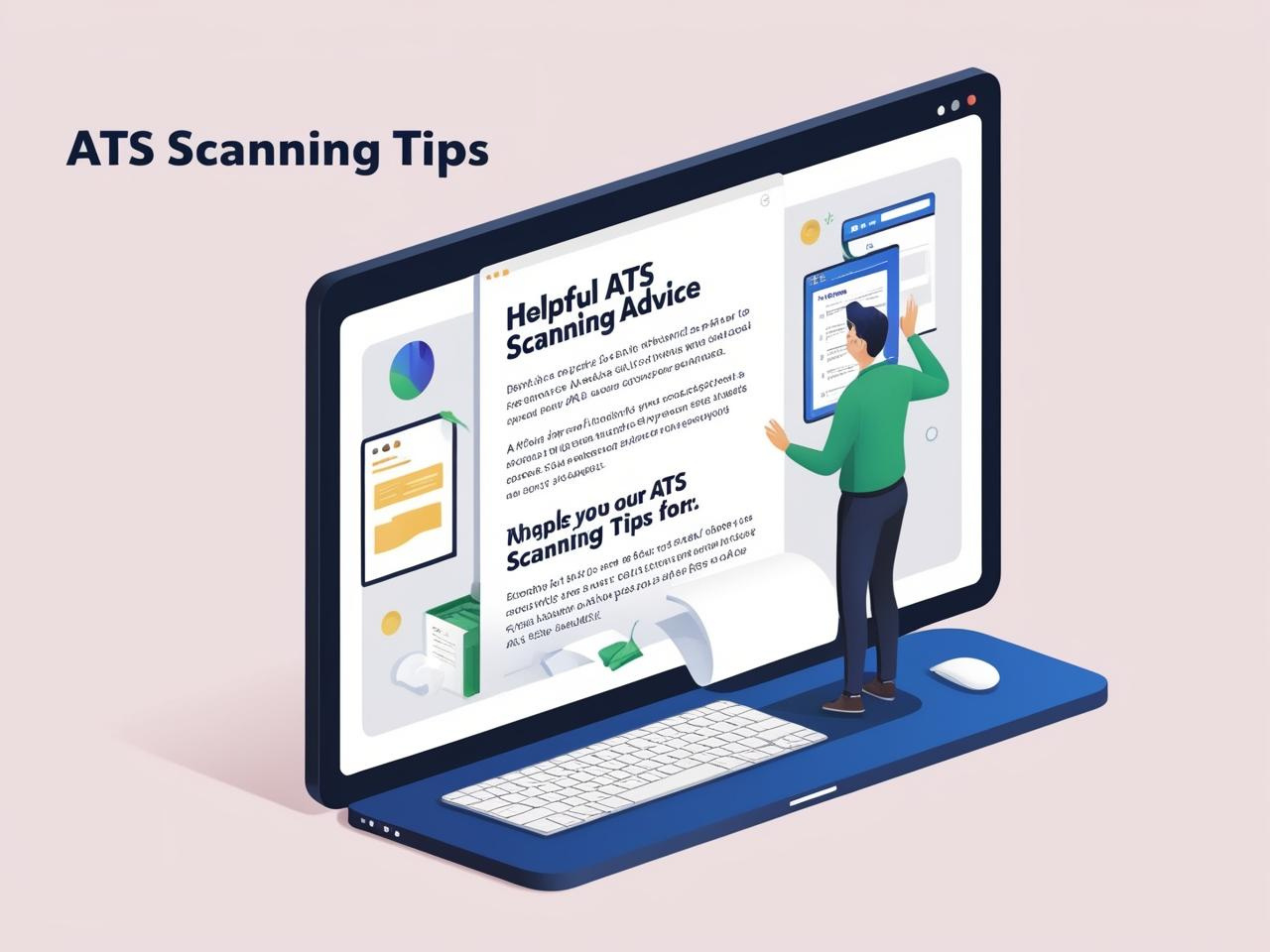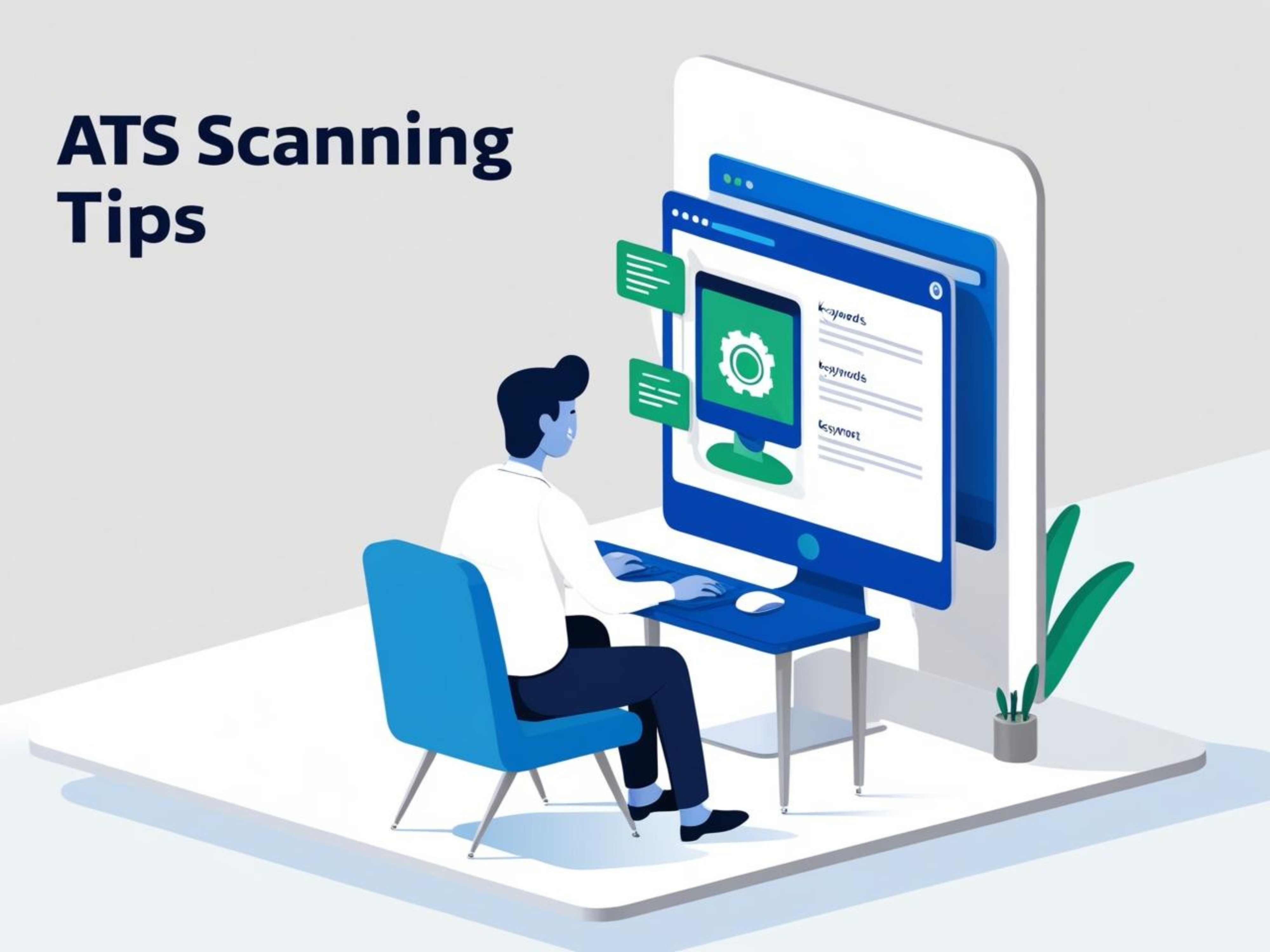What is an Applicant Tracking System (ATS)?

What is an ATS?
An Applicant Tracking System (ATS) is a software solution used by companies to streamline their recruitment process. It helps manage job applications, filter resumes, and identify the most qualified candidates for a role. For job seekers, understanding ATS is crucial, as it often acts as the first gatekeeper in the hiring process.
Why Do Companies Use ATS?
The popularity of ATS software has grown due to its ability to:
- Save time by automating resume screening.
- Improve the quality of candidate matches.
- Ensure compliance with hiring regulations.
- Reduce bias in initial screenings.
How Does an Applicant Tracking System (ATS) Work? | A Step-by-Step Guide
1. Job Posting & Application Collection
When a job is posted online, the ATS gathers applications from job boards, career pages, and company websites. It centralizes all candidate information in one place for easy access.
2. Resume Parsing: How ATS Reads Your Resume
An ATS uses resume parsing technology to extract information like contact details, work experience, skills, and education. This process helps standardize the data, allowing the ATS system to compare resumes against the job description efficiently.
3. Keyword Matching: Why Keywords Matter in Your Resume
One key feature of an Applicant Tracking System is keyword matching. The ATS scans resumes for specific keywords related to the job description—like skills, job titles, and qualifications. Including the right keywords increases your ATS match score, making you more likely to move to the next stage.
4. Ranking & Match Scores: Getting Through the ATS
An ATS assigns a match score to each applicant based on the resume's alignment with the job requirements. The higher the match score, the better your chances of being reviewed by a human recruiter. Typically, a match score of 80% or higher is ideal for ATS resume optimization.
What Percentage is Ideal for an ATS Match Score?
What is an ATS Match Score?
The ATS match score represents how well a candidate’s resume aligns with the job description. It's a crucial factor that determines whether your application makes it to a recruiter’s desk.
Ideal ATS Score: Aim for 80% or Higher
Most recruitment experts agree that a match score of 80% or above is ideal for moving forward in the hiring process. Here's what different ranges typically mean:
- 80%+: Strong alignment, high chance of being shortlisted.
- 70%-79%: Good match but may need improvement.
- Below 70%: Low alignment; likely not a great fit for the position.
How to Achieve a Higher ATS Score?
To increase your match score, make sure to:
- Mirror the language used in the job posting.
- List specific skills and qualifications.
- Tailor your resume for each job application.
Why Does an Applicant Tracking System (ATS) Matter in Your Job Search?

The Importance of ATS in Recruitment
For many job seekers, the Applicant Tracking System is an invisible hurdle. It matters because:
- Efficiency: ATS allows recruiters to filter out unqualified candidates quickly, ensuring a smoother hiring process.
- Fair Screening: Using algorithms, ATS can reduce biases in early stages, creating a fairer hiring environment.
- Visibility: Without an ATS-friendly resume, your application might never be seen by a human recruiter.
How ATS Affects Your Job Search Strategy
Understanding how ATS works can help you:
- Create a keyword-optimized resume.
- Focus on job-specific skills.
- Use proper resume formatting for ATS.
How to Optimize Your Resume for ATS | Top 6 Tips for Job Seekers
1. Use Job-Specific Keywords
To pass through an Applicant Tracking System, study the job description and include relevant keywords in your resume. Focus on:
- Technical skills and industry-specific terms.
- Job titles similar to the position you are applying for.
- Certifications and software skills mentioned in the job posting.
2. Stick to Simple Formatting
An ATS reads text, not fancy designs. Use standard resume formats without complex graphics, tables, or images. This ensures that the ATS software can properly parse your information.
3. Use Standard Section Headings
Organize your resume with simple section headings like:
- Professional Experience
- Skills
- Education
- Certifications
4. Avoid Uncommon Abbreviations
Some ATS systems may not recognize abbreviations. Write out terms like “Bachelor of Science (B.Sc.)” to ensure accurate parsing.
5. Customize Your Resume for Each Application
Tailor your resume for every job you apply to. Highlight the most relevant experience and skills for the role, increasing your chances of scoring well in the ATS system.
6. Use a Dedicated Skills Section
A skills section makes it easier for the ATS to identify your qualifications. Focus on hard skills like programming languages, software tools, and industry-specific competencies.
Bonus Tip: Use an ATS-Friendly Resume Template
Many online resume builders offer ATS-compatible templates. Using one can ensure that your resume layout is suitable for ATS parsing.